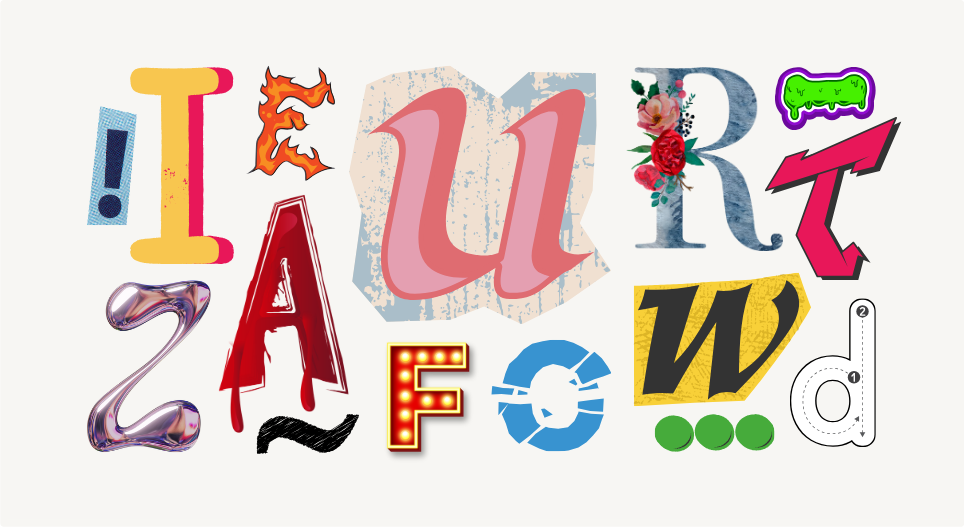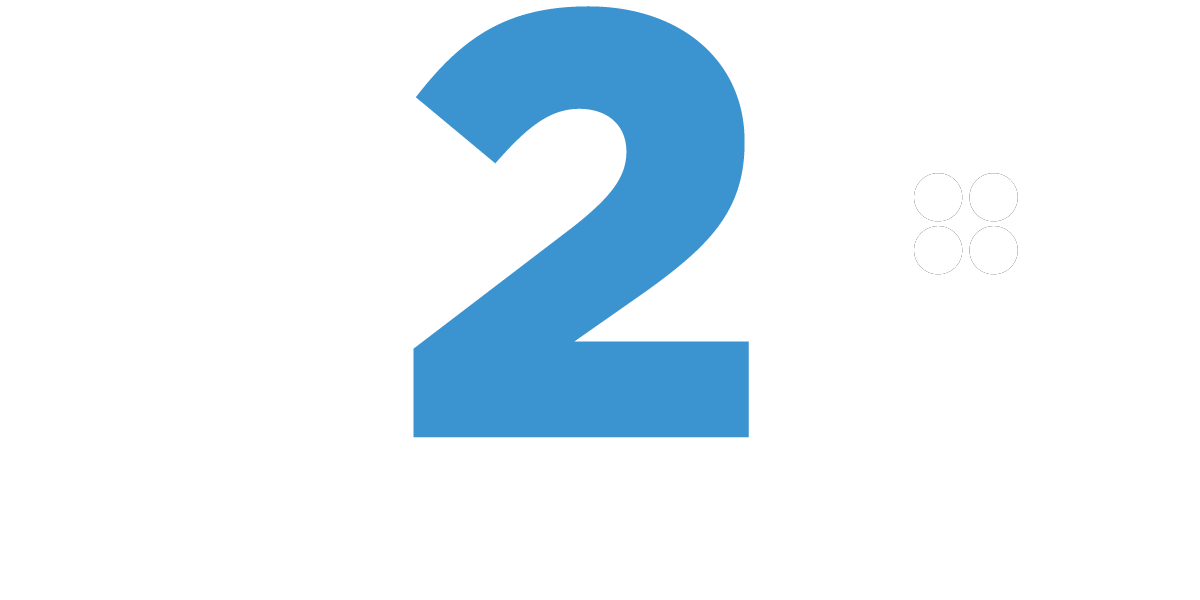With an estimated 300,000 typefaces currently in existence, having to choose just one font to represent your brand can be a daunting task.
Do you keep it classic, minimal, or try something a little more… unusual?
This decision carries quite a bit of weight, because the typeface you select has the power to tell anyone who views your logo (or other branding) a great deal about your brand before they’ve even read the text itself. Where a picture’s worth a thousand words, imagine how much meaning you can cram into the shape of those words!
From the origins of printing to the digital age, each new wave of typefaces has told a new story. Knowing what these stories are, and understanding how they support your brand’s message, can help you narrow down your selections significantly.
Although it would be impossible to describe the specific pros and cons of every single font in existence, one can still examine the connotations of each of the four main categories. Those being: serif, sans serif, script, and decorative fonts.
Serif Fonts
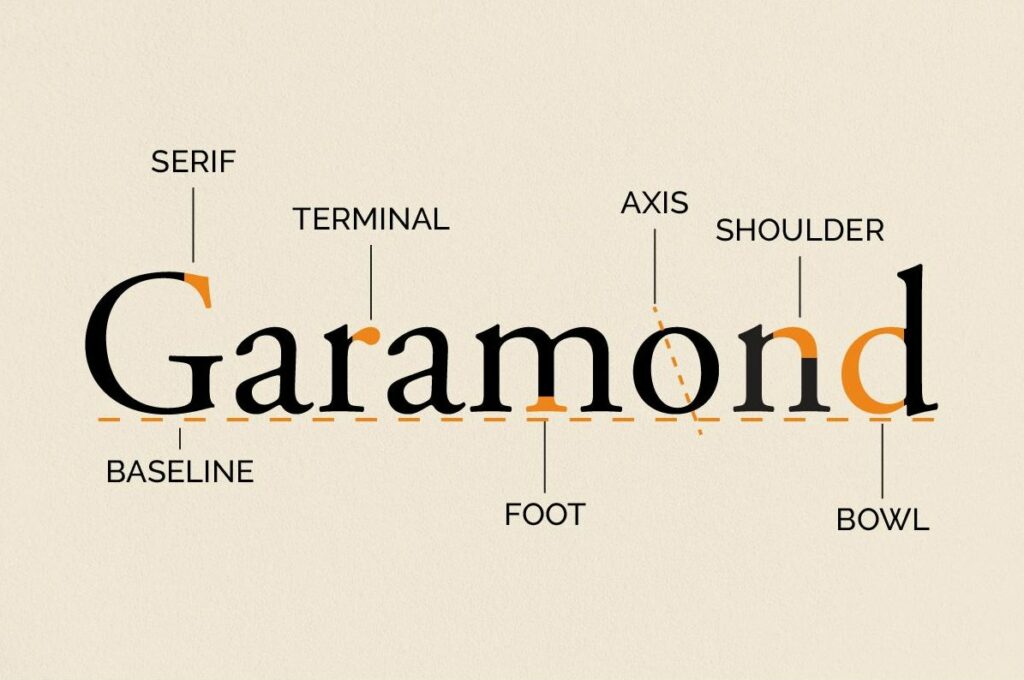
Examples:
- Garamond
- Times New Roman
- Courier New
- Baskerville
- Georgia
Serif fonts were the first typefaces to be used in the large-scale printing processes. Dating back to the 1400s, they were designed to replicate the decorative flicks at the end of each stroke of a quill or fountain pen. As a result, they offer a classic (often luxurious) look when used. Hence, you’ll usually see them employed by either snazzier brands who want to maintain that old-school glamour, or businesses rooted in a more long-standing practice that wish to honour their past.
Industries That Typically Use Serif Fonts:
- Law
- Finance
- Journalism
- Jewellery/watch making
- Fashion (designer)
Sans Serif Fonts
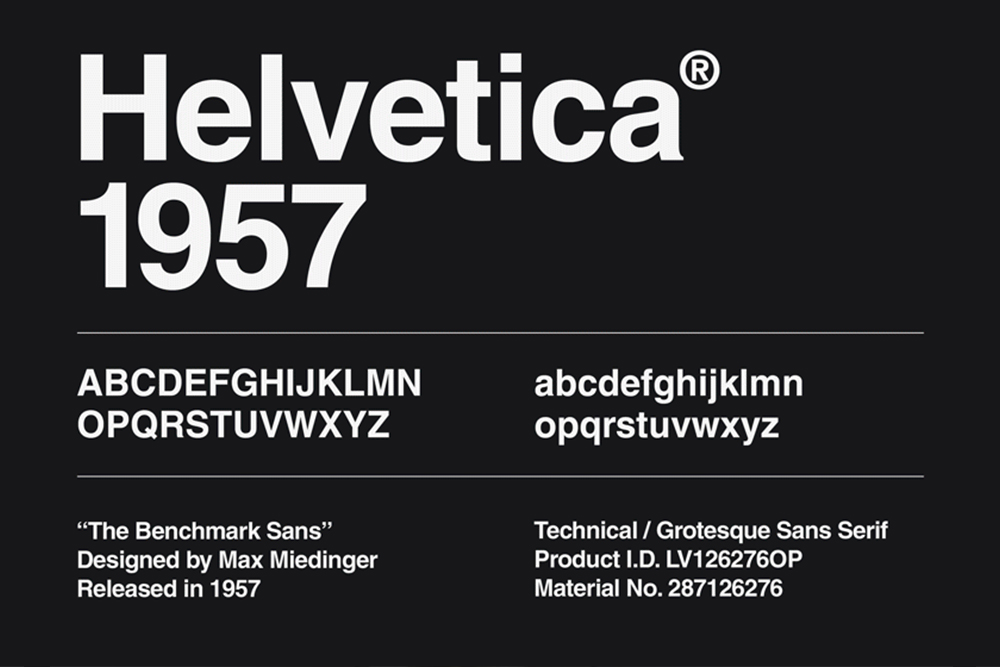
Examples:
- Helvetica
- Roboto
- Futura
- Calibri
- Lato (we use this one in our logo and branding)
Sans serif fonts, meanwhile, are the modern, minimalist response to their more embellished predecessor. They basically just chopped off all the little flicks and came up with a whole new range of typefaces from there. Although the first sans serif font was designed in 1816, these fonts are still used to connote a more contemporary feel, aided by their legibility. You therefore tend to see them in the logos of companies that wish to be perceived as futuristic (mainly in the digital sphere).
Industries That Typically Use Sans Serif Fonts:
- Automobiles
- Technology
- Gaming
- Manufacturing
- Fashion (high-street, contemporary, etc.)
Script Fonts
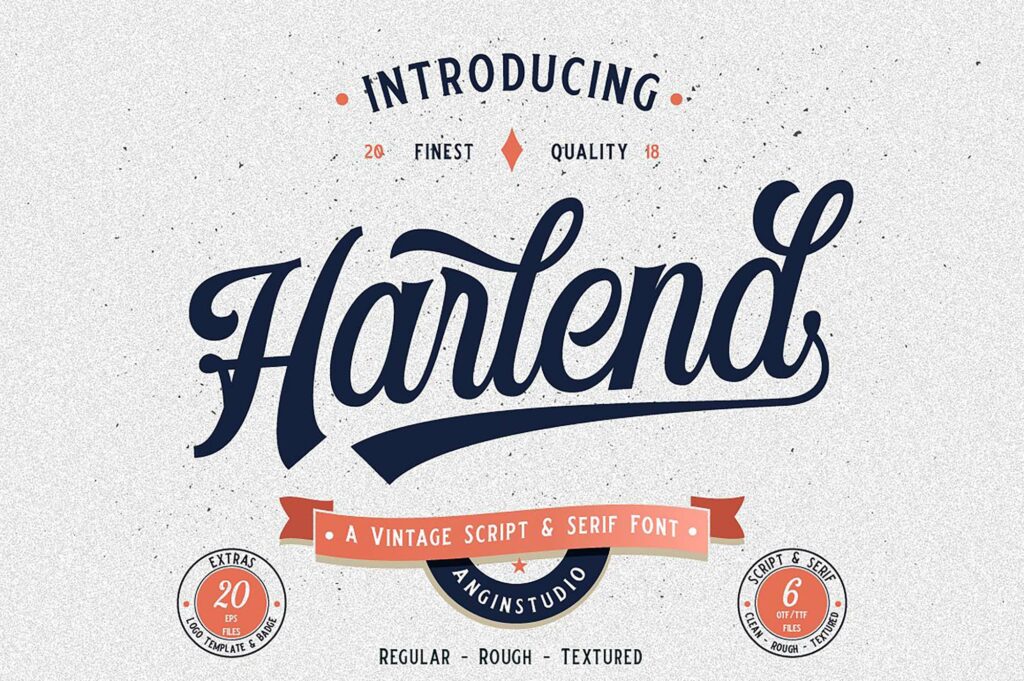
Examples:
- Harlend
- Pacifico
- Lobster
- Brush Script
- Zapfino
And then we’ve got all the script typefaces. These ones mimic handwriting much more closely than serif fonts, harkening back to the pre-printing days (or just looking cute and adding some personality to the text in question) while maintaining a sense of uniformity that real handwriting lacks. Use of these is, fittingly, as varied as the range of handwriting styles that are out there. Anything from a highly ornate cursive font to a loose, retro vibe can fall under this category.
Industries That Typically Use Script Fonts:
- Beauty (salons, barbershops)
- Health and wellness
- Hospitality
- Tattoo and piercing
Decorative Fonts
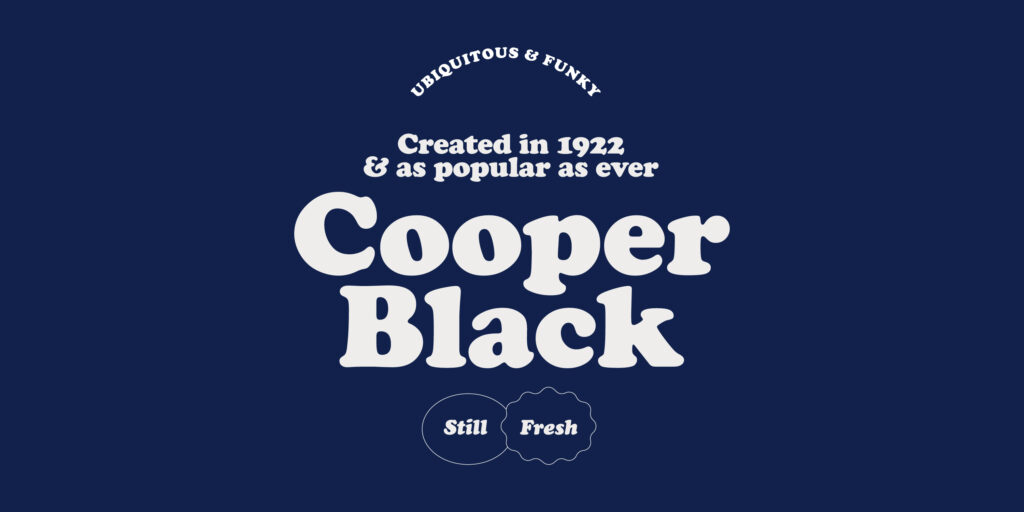
Examples:
- Cooper Black
- Bourton font
- Abril Fatface
- Gilroy
- Gazpacho
Lastly, you may wish to use a decorative font for maximum impact. These ones are designed to be anything but subtle, and act as more extreme versions of everything mentioned so far. This category includes some of the most iconic typography we know; LEGO, Disney, Fanta, Toys R Us, SEGA, are just a handful of companies who employ their own bespoke, decorative fonts in their logos.
Industries That Typically Use Decorative Fonts:
- Gaming
- Food & drink
- Child/baby goods
- Play/entertainment centres
So what exactly do you want your branding to say?
Now you know the basics of each group, you can hopefully pick a typeface that suits you best and carry on designing your brand from there.
If you need help picking a colour palette next, have a browse of this article we wrote on colour theory.
And once you’ve got your logo, why not put it on some clothes? We can do that for you, too! You’ll find everything you need at clothes2order.com.

